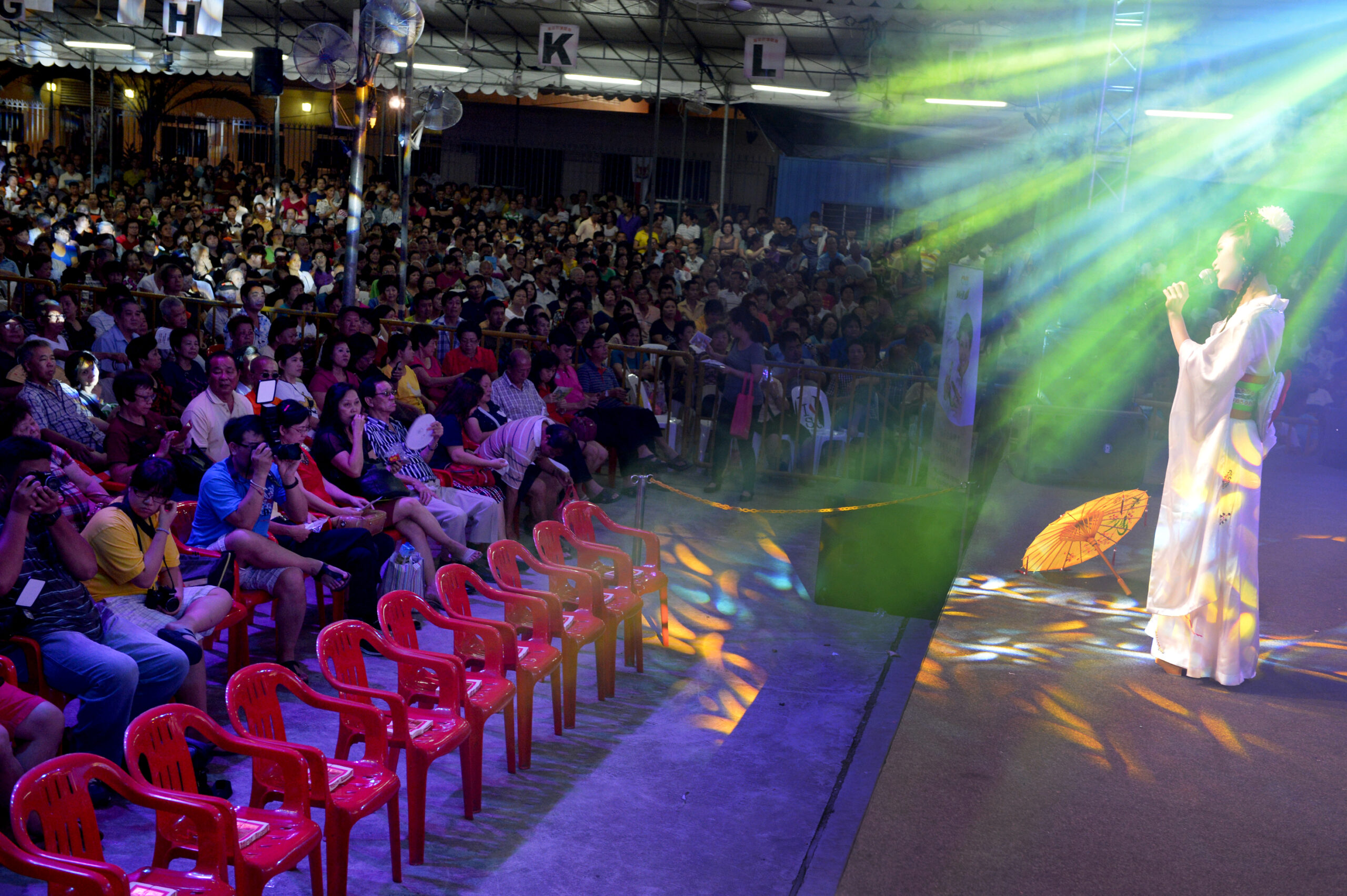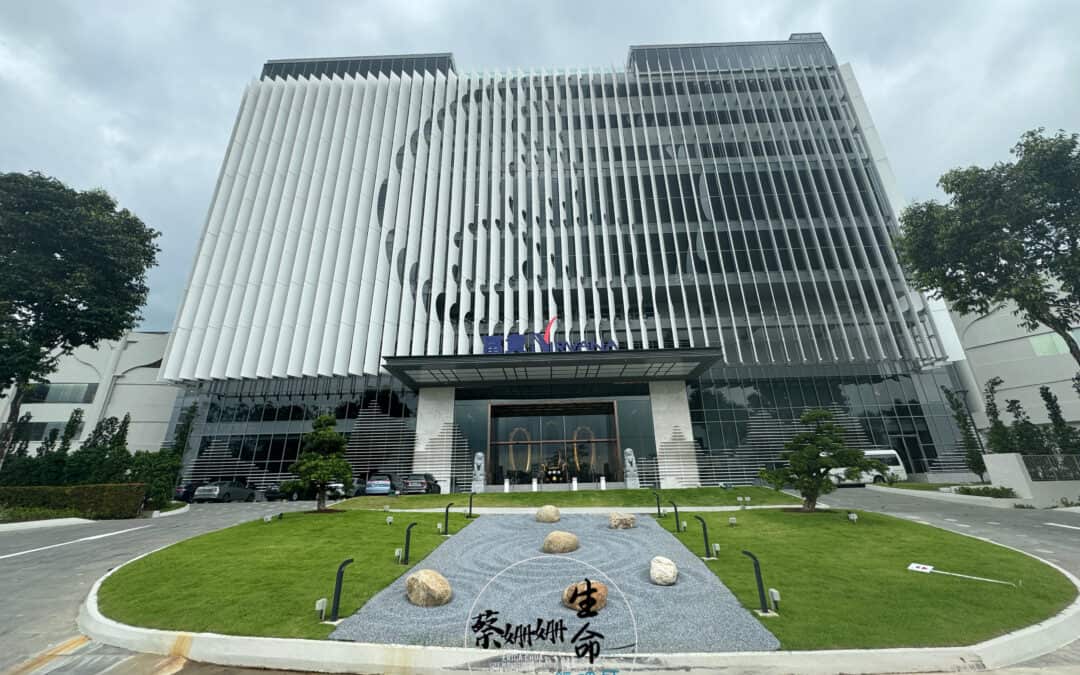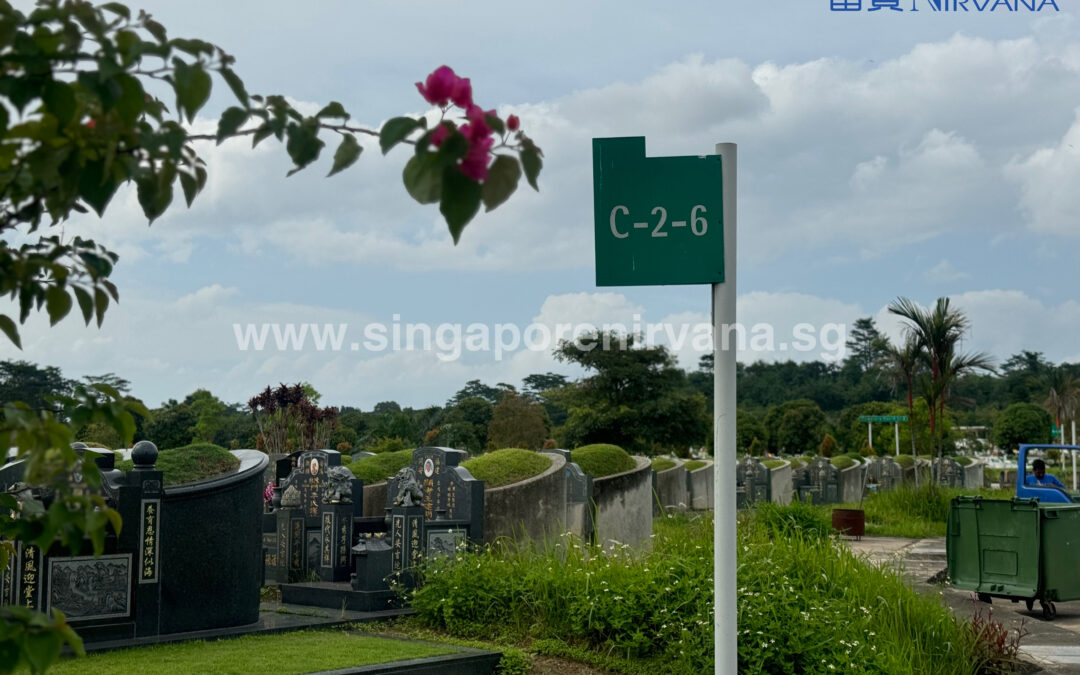Guide to Hungry Ghost Festival in Singapore: Traditions, Practices & Modern Insights

Introduction to the Hungry Ghost Festival
The Hungry Ghost Festival is one of the most fascinating and spiritually significant events celebrated in Singapore. Rooted in ancient Chinese traditions, this festival honours deceased ancestors and wandering spirits, blending cultural reverence with vibrant public performances. For locals and visitors alike, understanding the festival offers insights into Singapore’s multicultural heritage and deep respect for ancestral worship.
Celebrated during the seventh month of the lunar calendar, the Hungry Ghost Festival transforms Singapore’s neighbourhoods into hubs of ritualistic activity. From burning joss paper to attending colourful “getai” performances, the observance provides a captivating glimpse into the nation’s living traditions.
Historical Origins of the Hungry Ghost Festival
Buddhist and Taoist Influences
The Hungry Ghost Festival, known as Zhongyuan Jie (中元节) in Mandarin, traces its origins to Buddhist and Taoist practices. Buddhists observe Ullambana, where offerings are made to relieve spirits from suffering, while Taoists perform rituals to appease wandering ghosts. Over centuries, these beliefs merged, resulting in a festival that emphasizes filial piety and compassion toward all souls.
Evolution of the Festival in Singapore
When Chinese immigrants arrived in Singapore during the 19th century, they brought these customs with them. Over time, the festival evolved to reflect local influences, incorporating Malay and Indian cultural nuances. Today, while deeply rooted in tradition, the Hungry Ghost Festival in Singapore has adapted to urban settings, making it unique compared to celebrations in China, Malaysia, or Taiwan.
When is the Hungry Ghost Festival Celebrated?

Date and Duration of the Festival
The Hungry Ghost Festival occurs in the seventh lunar month, typically falling between July and August. The entire month is known as “Ghost Month,” during which the gates of the underworld are believed to open, allowing spirits to roam the human world.
Key Days of Observance (Ghost Month)
While offerings and rituals take place throughout the month, the 15th day, known as the Hungry Ghost Day, is considered the most significant. On this day, families hold elaborate ceremonies to honour their ancestors and appease wandering souls.
Significance of the Hungry Ghost Festival in Singapore
Cultural Importance Among Chinese Communities
For many Singaporean Chinese families, the festival is an annual opportunity to reconnect with ancestral roots. It fosters community bonding, as neighbours often gather for mass prayers, performances, and communal feasts.
Spiritual Beliefs and Ancestral Worship
The festival’s core revolves around respect for the departed. Many believe that neglecting offerings could lead to misfortune, while showing reverence ensures blessings and protection for the living.

Common Rituals and Practices
Burning Joss Paper and Offerings
One of the most recognizable rituals is the burning of joss paper, also called “hell money.” Families also offer incense, food, and symbolic items like paper clothes or houses to provide comfort to spirits in the afterlife.
Street Performances (Getai Shows)
Getai performances, which are colourful stage shows featuring singing, dancing, and comedy, are one of the highlights of the festival. Originally intended to entertain spirits, these performances have evolved into lively community events that attract both locals and tourists.
Food Offerings and Feasts
Tables laden with fruits, meats, and rice are placed along streets and outside homes. These offerings feed both ancestors and wandering souls, ensuring peace and harmony during the festival.

Burning Joss Paper and Offerings

Street Performances (Getai Shows)
Dos and Don’ts During the Hungry Ghost Festival
Superstitions to Observe
Many superstitions surround the festival: avoid swimming (to prevent drowning spirits), don’t step on offerings, and refrain from staying out late. Such customs are deeply ingrained in local culture.
Respectful Behaviour in Public Spaces
Visitors should observe rituals respectfully. Refrain from disturbing offerings on sidewalks or taking photos without permission during ceremonies.
Popular Locations to Experience the Festival in Singapore
Chinatown and Heartland Neighbourhoods
Chinatown is a hotspot for vibrant celebrations, with streets lined with offerings and performances. Heartland neighbourhoods like Ang Mo Kio and Toa Payoh also host large-scale community events.
Temples and Community Halls
Temples such as Thian Hock Keng and community halls across Singapore conduct elaborate prayers and ceremonies, welcoming both devotees and curious onlookers.
Modern Adaptations of the Festival
Environmental Concerns and Eco-Friendly Practices
In recent years, there has been a push towards environmentally friendly practices. Communities now encourage digital offerings or biodegradable materials to reduce smoke and waste.
Blending Tradition with Contemporary Lifestyles
While rituals remain, younger generations are finding modern ways to honour ancestors, such as online memorial services and virtual prayer sessions.
Hungry Ghost Festival Food Traditions
Symbolic Dishes and Their Meanings
Food plays a central role in the Hungry Ghost Festival. Families prepare lavish offerings, often including roasted meats, steamed fish, fruits, rice, and cakes. These dishes symbolize abundance and respect. For example:
-
- Whole Chicken and Pork – Represents completeness and filial piety.
- Rice and Noodles – Symbolizes longevity and continuous blessings.
- Seasonal Fruits – Such as oranges and apples, symbolizing peace and harmony.
- Whole Chicken and Pork – Represents completeness and filial piety.
Community Feasts and Offerings
In addition to home-based offerings, community feasts are organized in neighbourhoods and temples. These banquets serve both ancestral spirits and the living, fostering unity among residents. Food is placed on long tables in open spaces, allowing spirits to partake first before the community shares the meal.
Safety Tips During the Festival
The Hungry Ghost Festival involves open flames from incense and joss paper burning, as well as street performances that attract large crowds. Here are safety tips for participants and visitors:
-
- Be mindful of fire hazards – Avoid leaving incense or paper offerings unattended.
- Stay respectful of public offerings – Do not step on or disturb items left on the streets.
- Be cautious at night – Many rituals occur after dusk; stay alert in busy areas.
- Dress appropriately – Modest clothing is preferred when visiting temples or participating in ceremonies.
- Be mindful of fire hazards – Avoid leaving incense or paper offerings unattended.
How Tourists Can Participate Respectfully
Tourists are welcome to observe and, in some cases, participate in the Hungry Ghost Festival. To do so respectfully:
-
- Seek guidance from locals before joining rituals or making offerings.
- Avoid taking intrusive photographs, especially during prayers.
- Contribute modestly by buying incense or small offerings if participating.
- Attend Getai shows to experience the entertainment aspect of the festival without interfering with sacred rituals.
- Seek guidance from locals before joining rituals or making offerings.
Comparing the Hungry Ghost Festival with Other Asian Traditions
The Hungry Ghost Festival is often compared to similar observances across Asia:
-
- China and Taiwan – Celebrations are more elaborate with large temple fairs and parades.
- Malaysia – Strong emphasis on Getai performances and charity events.
- Japan’s Obon Festival – Focused on family reunions and lantern ceremonies guiding spirits home.
- China and Taiwan – Celebrations are more elaborate with large temple fairs and parades.
These comparisons highlight Singapore’s unique adaptation, blending modern city life with age-old customs.
FAQs About Hungry Ghost Festival in Singapore
What is the Hungry Ghost Festival?
It is a traditional Chinese festival where offerings are made to wandering spirits and ancestors during the seventh lunar month.
When does the Hungry Ghost Festival take place?
It usually falls between July and August, or sometimes even on September, with the 15th day (lunar calendar) being the most significant.
Why do people burn joss paper during the festival?
Joss paper symbolizes material goods sent to ancestors in the afterlife, ensuring their comfort and well-being.
Are tourists allowed to join the celebrations?
Yes, tourists are welcome but should observe respectfully and follow local customs.
What are Getai performances?
Getai are colourful stage shows featuring music, dance, and comedy, traditionally performed to entertain spirits and the community.
Are there any taboos during the festival?
Common taboos include avoiding swimming, not stepping on offerings, and refraining from making jokes about spirits.
Conclusion
The Hungry Ghost Festival in Singapore offers a captivating glimpse into the nation’s multicultural tapestry and enduring respect for ancestors. From solemn rituals to lively Getai performances, the festival bridges past and present, uniting families and communities in remembrance and celebration. Whether you’re a local observing age-old traditions or a visitor curious about Singapore’s cultural richness, the Hungry Ghost Festival is an unforgettable experience that deepens one’s understanding of the city’s spiritual heritage.
For more cultural insights, you can explore Singapore’s official tourism site: Visit Singapore
Latest Update
Funeral Service Guide

Schedule a call with us today for a free consultation on our funeral products, services, and the latest promotions available at Nirvana Singapore.
Book An Appointment!
If you have any questions, please do not hesitate to contact us.
Get A Free Consulting
Trusted. Reliable. Peace
Nirvana Memorial Garden Singapore:
950 Old Choa Chu Kang Road Singapore 699816
Nirvana Memorial Garden Authorised Agency:
3 Soon Lee Street Pioneer Junction #05-16 Singapore 627606
Call us when you want!












